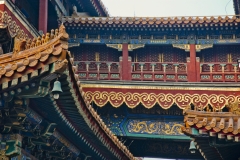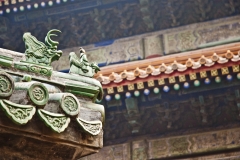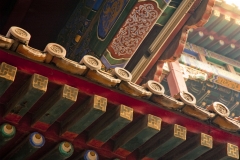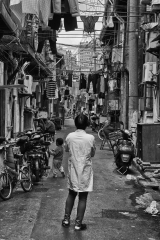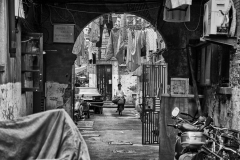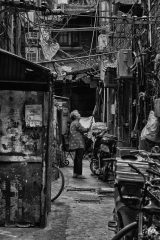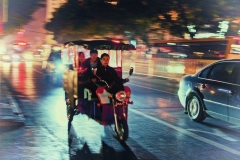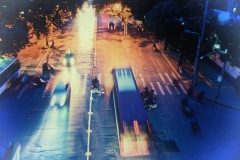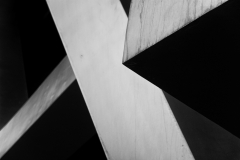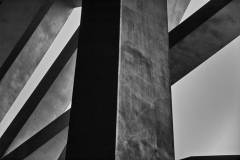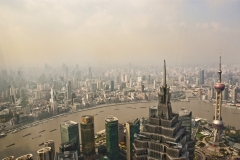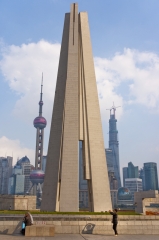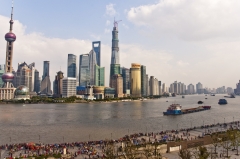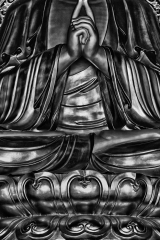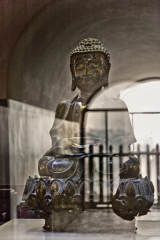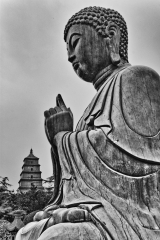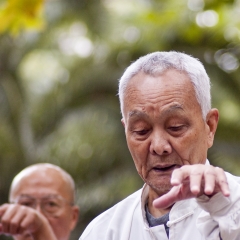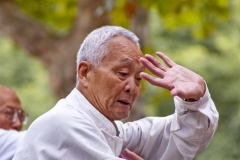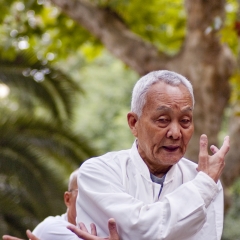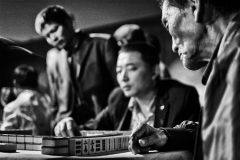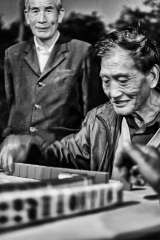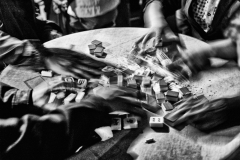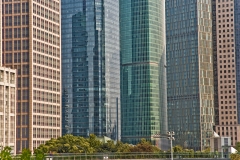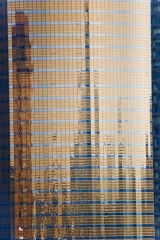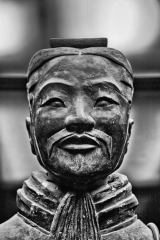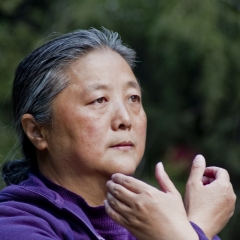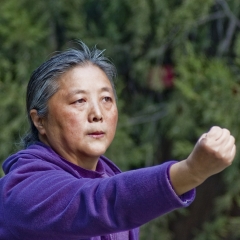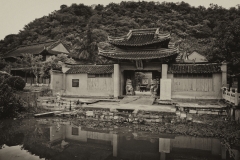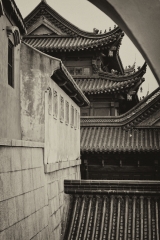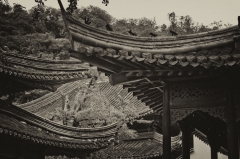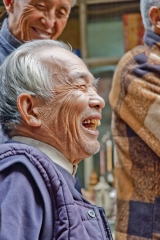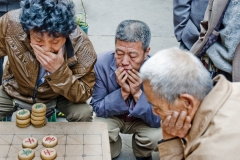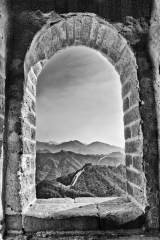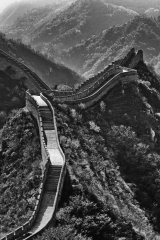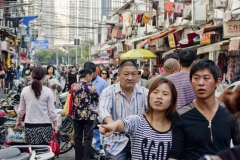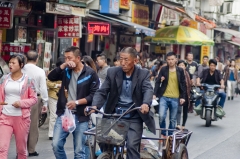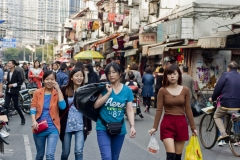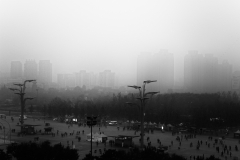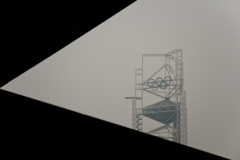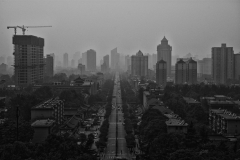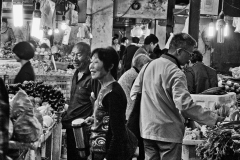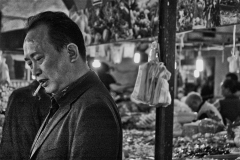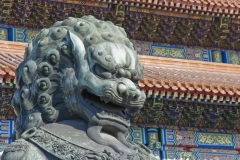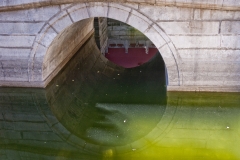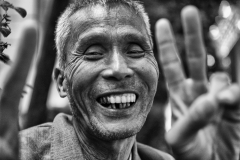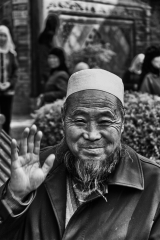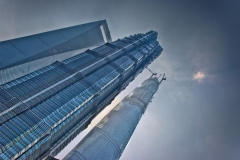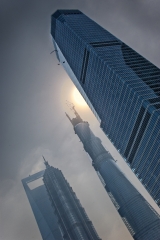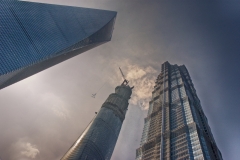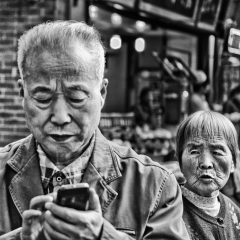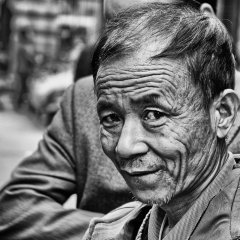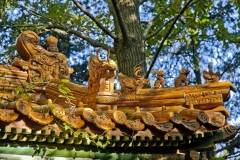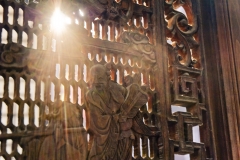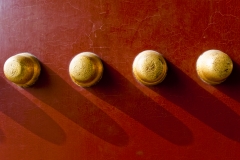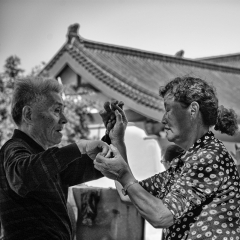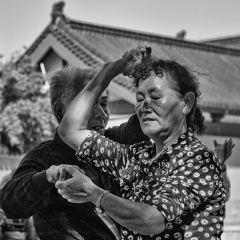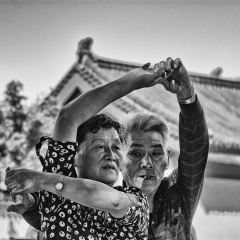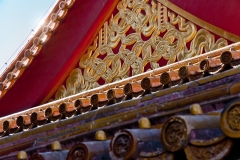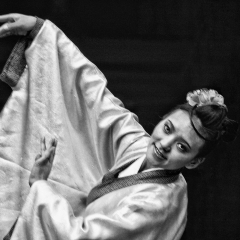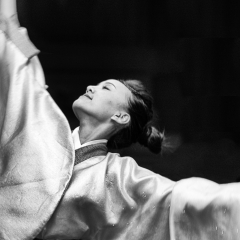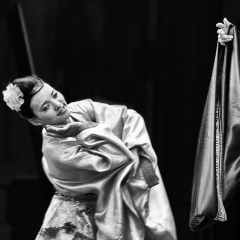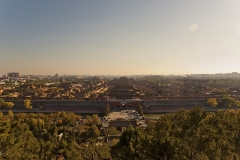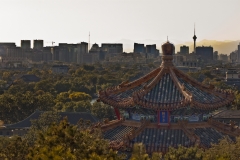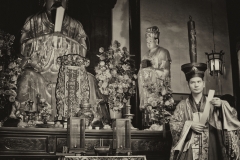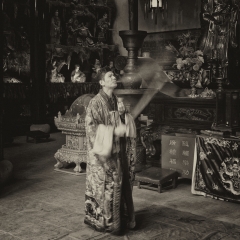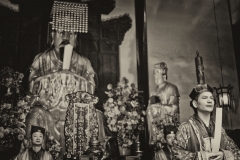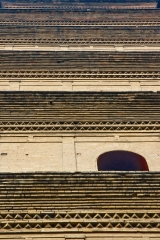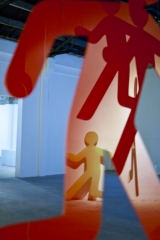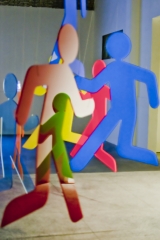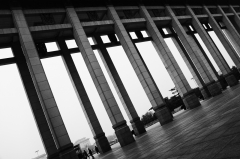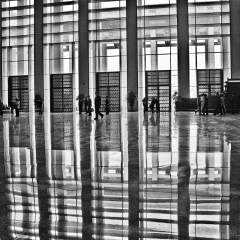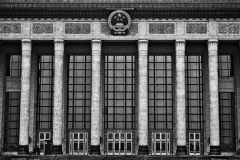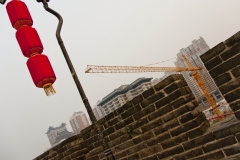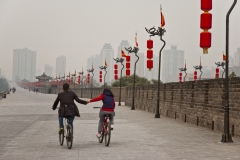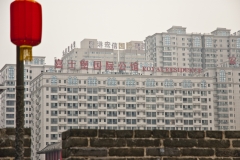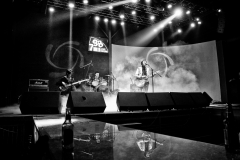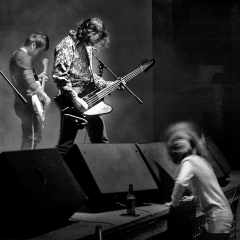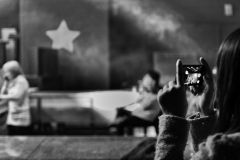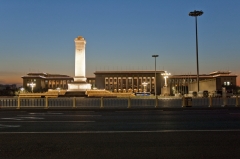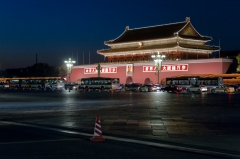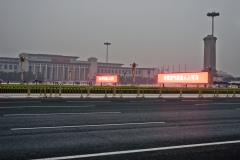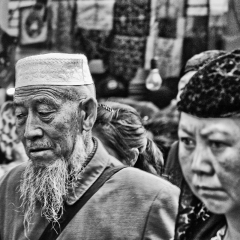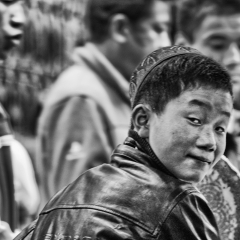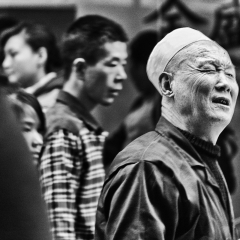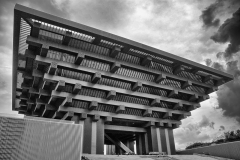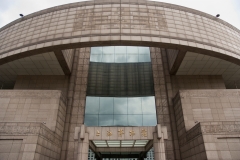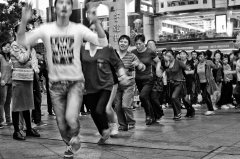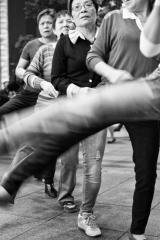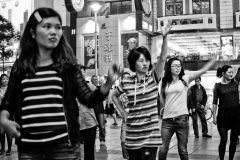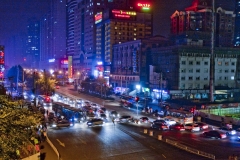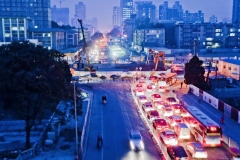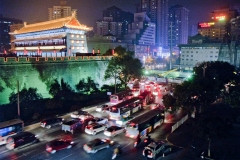In October 2013, I was attending a conference in China. Taking advantage, I spent almost three more weeks in China, traveling from Nanjing via Zhenjiang to Shanghai, and via Xi’an to Beijing. Since I was visiting cities, I was mostly shooting architecture and street. I was surprised by the openness of the people who were eager to help and curious about what I do and how I see their world. Nobody was offended by my camera, on the contrary, people enjoyed being pictured. Thus, the feeling on the street was quite different from an European city where people are comparatively defensive about being pictured.
The city life matched the stereotypes, it was fast paced, with many people, and more people, construction sites everywhere, heavy pollution, and the like. But in one regard, my expectations were completely wrong: I thought that the Chinese society would be able to integrate a good number of different traditions into a somewhat coherent culture. After all, Buddhism, Taoism, and Confucianism have coexisted there for ages. So it should be able to swallow a bit of communism and capitalism just as well, along with some strains of Western modernity. But China is not! China seems to be divided by an unbridgeable gap between sinocentrism and modernity: China prides itself for its uninterrupted, pure and purified culture; this leads to an invariability that boils down to the inability to change and adapt. But Western modernity is based on pluralism and adaption, as modern art is essentially seeking for the one style that befits its contents, opening the door to post- and metamodernity, or whatever else we are living through right now. China is incapable of this pluralism, since — throughout the last millenium — China has maintained a strict cultural center that has not even moved much until Mao’s rise. In a society where dissent happens easily, modernity evolves hardly. This does not mean that China has not many faces, on the contrary, but it does not develop its own, genuine form of modernity; its development is of predominantly economic and technological nature. In other words: China does not have a tradition of modernity.
With an elite which inhabits a Chinese and modern identity, and a majority which is landlocked in national doctrine and thus debarred from economic success, China seems to run into a foreseeable debacle: It might be possible to bridge economic differences by redistributing some wealth, but it will be next to impossible to bridge the cultural and educational gap underlying the economic differences.
But whatever problems the Chinese society might enjoy, the cities I visited were beautiful, with Shanghai as economic boom town, Xi’an as ancient capital at the Eastern end of the silk road, and Beijing as political center. Because of the contrasts I encountered, I processed the pictures quite differently. To avoid a jumble of incoherent pictures, I decided to group them into triptycha, each showing three pictures of similar style and content.
